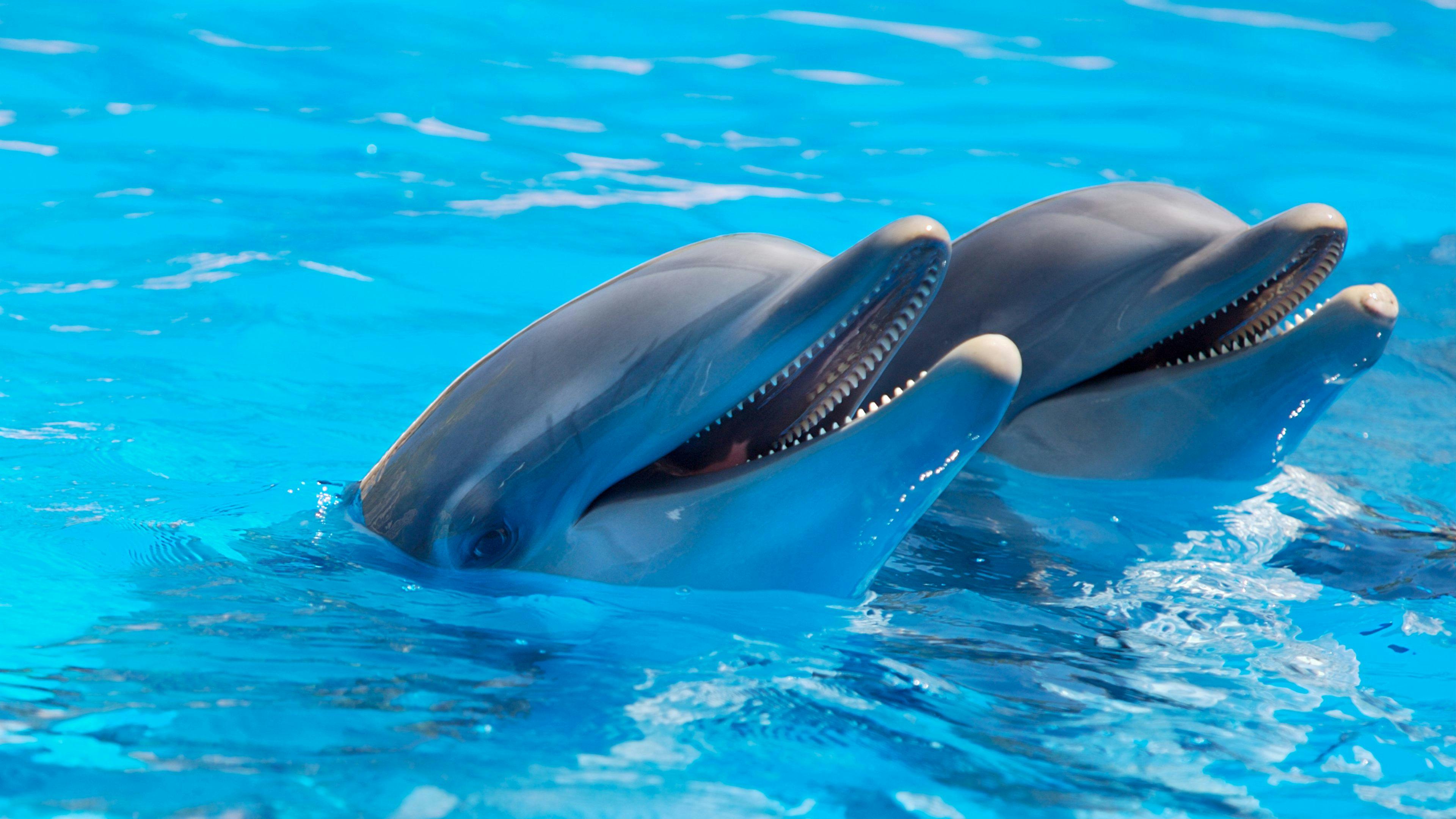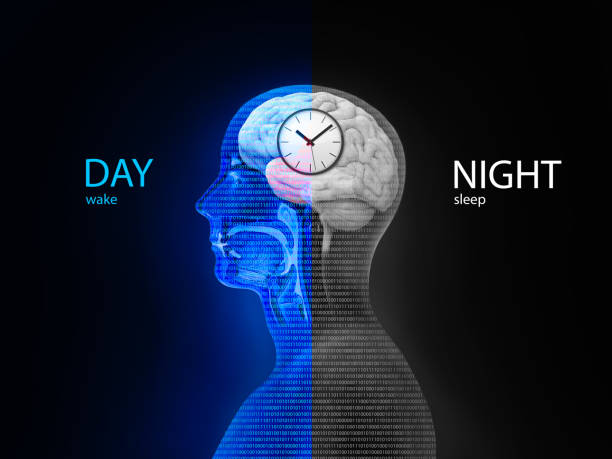Dolphin-Assisted Therapy: Exploring the Controversy and Science
Dolphins have long captivated human imagination with their intelligence and playful nature. In recent decades, a new form of therapy involving these marine mammals has emerged, sparking both interest and debate. Dolphin-assisted therapy (DAT) claims to offer unique benefits for individuals with various conditions, but it also raises ethical and scientific questions.

The Origins of Dolphin-Assisted Therapy
Dolphin-assisted therapy traces its roots back to the 1970s when researchers began exploring the potential benefits of human-dolphin interactions. Dr. Betsy Smith, a clinical psychologist, is often credited with pioneering this field. She observed that children with disabilities showed increased motivation and improved communication skills when interacting with dolphins.
The idea gained traction in the 1980s and 1990s, with several facilities worldwide offering dolphin-assisted therapy programs. These programs typically involve participants swimming or interacting with dolphins in controlled environments, often combined with traditional therapy techniques.
Claimed Benefits and Target Populations
Proponents of dolphin-assisted therapy claim a wide range of benefits for various conditions. Some of the reported positive outcomes include:
- Improved motor skills and coordination
- Enhanced language and communication abilities
- Reduced stress and anxiety
- Increased attention span and focus
- Elevated mood and emotional well-being
DAT has been marketed as a potential treatment for individuals with autism spectrum disorders, Down syndrome, cerebral palsy, depression, and other physical and mental health conditions. Advocates argue that the unique sensory experience of interacting with dolphins can stimulate neurological processes and promote healing.
The Controversy Surrounding Dolphin-Assisted Therapy
Despite its popularity in some circles, dolphin-assisted therapy has faced significant criticism from scientists, animal welfare advocates, and medical professionals. Several key concerns have been raised:
- Lack of scientific evidence: Critics argue that there is insufficient rigorous scientific research to support the claimed benefits of DAT. Many studies on the subject have been criticized for methodological flaws and small sample sizes.
- Placebo effect: Skeptics suggest that any perceived benefits may be due to the novelty and excitement of the experience rather than any inherent therapeutic value of dolphin interaction.
- Animal welfare concerns: The use of captive dolphins for therapy raises ethical questions about animal rights and the potential stress placed on the animals.
- Cost and accessibility: Dolphin-assisted therapy can be prohibitively expensive, with some programs charging thousands of dollars for short sessions. This raises concerns about equity and access to treatment.
- Potential risks: There have been reports of injuries to both humans and dolphins during therapy sessions, highlighting safety concerns.
Current Research and Scientific Perspective
The scientific community remains divided on the efficacy of dolphin-assisted therapy. While some studies have reported positive outcomes, many researchers argue that the evidence is inconclusive at best. A comprehensive review published in the journal Anthrozoös in 2007 concluded that there was no reliable scientific evidence to support the claims made by DAT proponents.
More recent studies have attempted to address methodological issues in earlier research. However, the field continues to face challenges in conducting rigorous, controlled studies due to the nature of the therapy and ethical considerations surrounding animal research.
Alternatives and Future Directions
As the debate around dolphin-assisted therapy continues, researchers and therapists are exploring alternative approaches that aim to capture the potential benefits of animal interaction without the ethical and practical concerns associated with DAT. Some of these alternatives include:
- Virtual reality experiences: Technology is being used to create immersive dolphin encounters without the need for live animals.
- Robotic dolphins: Lifelike robotic dolphins are being developed as a potential substitute for live animals in therapy settings.
- Land-based animal-assisted therapy: Interactions with domesticated animals like dogs, horses, and cats are being studied as potentially more accessible and ethical alternatives.
The Role of Regulation and Ethical Guidelines
As the controversy surrounding dolphin-assisted therapy persists, there have been calls for increased regulation and the development of ethical guidelines for facilities offering such programs. Some countries have implemented stricter regulations on the use of marine mammals for therapy and entertainment purposes.
Organizations like the Whale and Dolphin Conservation Society have advocated for the phasing out of dolphin-assisted therapy programs, citing both animal welfare concerns and the lack of scientific evidence supporting their efficacy.
Conclusion: A Complex and Ongoing Debate
Dolphin-assisted therapy remains a contentious topic in both the scientific and animal welfare communities. While some individuals report positive experiences and outcomes, the lack of robust scientific evidence and ethical concerns continue to cast doubt on its validity as a therapeutic approach.
As research in this field progresses, it is crucial to balance the potential benefits of animal-assisted therapies with ethical considerations and scientific rigor. The ongoing debate surrounding dolphin-assisted therapy highlights the complex relationship between humans and animals, and the challenges of navigating this intersection in the realm of healthcare and therapy.





